Modern Rodding Tech
 Photography by THE AUTHOR & Courtesy of Eaton Detroit Spring & The Hot Rod Library
Photography by THE AUTHOR & Courtesy of Eaton Detroit Spring & The Hot Rod Library
1. Eaton Detroit Spring has been manufacturing springs since 1937. Today Mike Eaton and his daughter Kim, grandson, and great-granddaughter of the founders run the company.
hen most hot rodders think of steel it likely has something to do with a structure that requires strength and rigidity. When Mike Eaton of Eaton Detroit Spring thinks about steel his concern is strength and flexibility.
As Eaton explains it, springs must be made from steel with high yield strength. In other words, a material that will bounce back to its original shape after significant pressure is applied, and the best material for that is SAE 5160 high alloy spring steel. While you can’t tell by looking, there are cheap off-shore springs that use inferior 1095 steel that will sag or possibly break—the best indication of quality is to remember you get what you pay for.
Leaf springs are found in three basic configurations: Multileaf springs are made from heat-treated strips of SAE 5160 steel, in diminishing lengths, formed to a predetermined arch and held together by a bolt to the center; monoleaf springs are a single, heat-treated plate of steel whose thickness is uniformly tapered from the center toward each end; and parabolic springs are multiple monoleaf springs that consist of two or more tapered leaves.
A term that is often used to describe springs is spring rate, which is the amount of weight required to deflect a spring 1 inch. The lower the spring rate, the softer the spring. Another important term is design load, aka load rate, which is the amount of weight a spring is designed to carry when deflected to a certain height. This is an engineering consideration that includes a variety of formulas and enough mind-bending math to make most of us talk to ourselves. Fortunately, Eaton understands it all and can provide the proper coil or leaf spring for any application. (Editor’s note: We asked Eaton to make a pair of rear coil springs for our ’72 3/4-ton Suburban to ride like a 1/2-ton Suburban without changing any of the installation parameters. He did it! We knew we would never load the 3/4-ton Suburban as it was intended but we knew we wanted a good ride. —B.B.)
When it comes to the ultimate leaf spring suspension Eaton has several suggestions. He recommends using multileaf springs as they can be custom made for the ride quality and ride height desired. In addition, Mike advises that the types of leaves used, specifically the design of their ends, is critical. He adds, “Square, or constant thickness ends, are great for trucks, terrible for cars. It puts a concentration of all the pressure at the end of the leaf, causing hysteresis. Diamond point ends are the same as square cut ends, except some of the excess material has been removed. This gives a better riding spring for trucks. The best choice is to use rolled and tapered ends, where the thickness of the leaves gradually decreases toward the end of the leaf. The reduced thickness allows for increased flexibility.”
We all know hot rodders are fanatical about their car’s ride height, however the time-honored use of lowering blocks is not the way to do it. Lowering blocks can cause a variety of handling problems and greatly increases the potential for axle windup. As Eaton explains windup, “When you hit the gas, the axle twists one way while the tires are twisting the opposite way. Now physics makes this a normal occurrence, but too tall of a block can cause normal windup to become abnormal windup.” This can happen under braking as well.
A result of axle windup during acceleration is wheel hop. In severe cases the rearend housing rotates in the opposite direction the tires are turning until the spring stores up so much energy that it pops back then windup begins again. The result is wheel hop (watch Bullitt when Steve McQueen hammers the Mustang in reverse) of which is often accompanied by carnage that may include broken U-joints, damaged driveshafts, destroyed third members, and more.
Some older hot rodders (we won’t name names to protect Brennan’s reputation) may remember heating coil springs as a means of lowering ride height. The short-term result was a cool look, but the ultimate result was a spring that would soon fail due to loss of tensile strength. It only takes 400 degrees F to start annealing (to heat and then cool steel intended to soften and make less brittle) spring steel. When that happens, the spring can no longer support the vehicle. There’s no way to make a soft spring hard again. As Eaton says, “A heated spring is a ruined spring.”
Another common lowering trick was to cut the coils. While that may seem like a bad idea, Eaton advises that some coils can be cut. “Cutting coils is limited to those types that have tangential ends. Tangential ends are those that spiral off into space. If you tried to stand the spring on end it would fall over. Square ends and pigtail ends will stand up and cannot be cut because the finished product will not mount correctly in the suspension.” Keep in mind, cutting coils increases spring rate. Eaton adds, “The strength of a spring, leaf, or coil is a function of the cube of the steel used. As the wire get shorter, such as when cutting the coil, the spring rate increases.” In any case don’t go nuts and don’t lower ride height more than 2 inches.
When it comes to altering the ride height of any vehicle the best option is to do it with springs designed to do the job. In addition, spring rate and load capacity can be tailored for specific applications. When it comes to springs for restorations, hot rods, or race cars there is no “one size fits all” but chances are Eaton Detroit Spring can make exactly what you need. After all, they’ve been doing it for over 85 years.
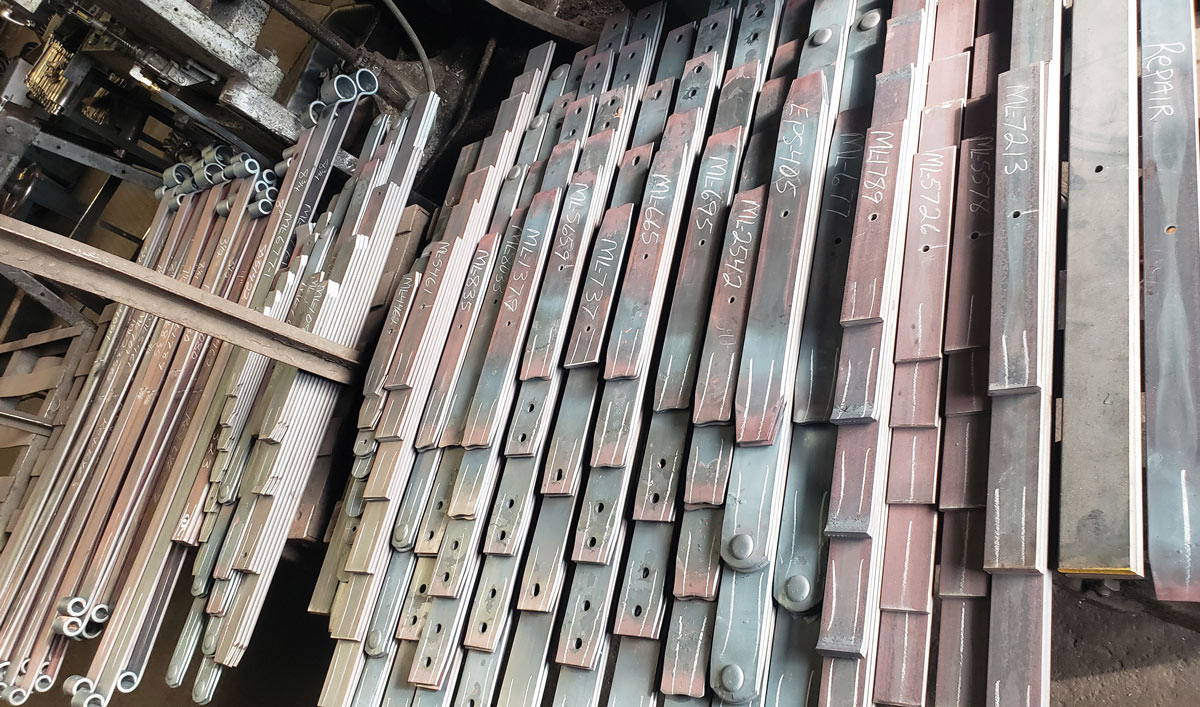

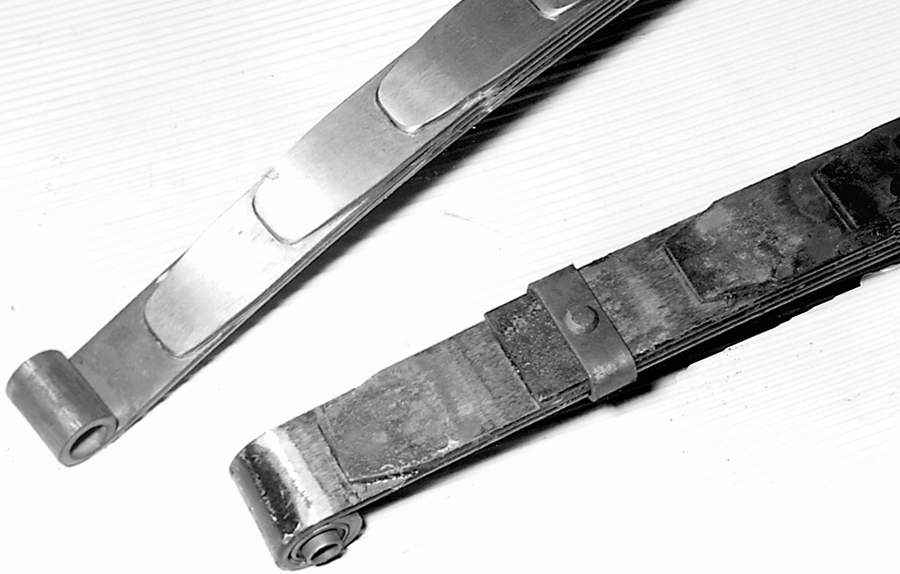
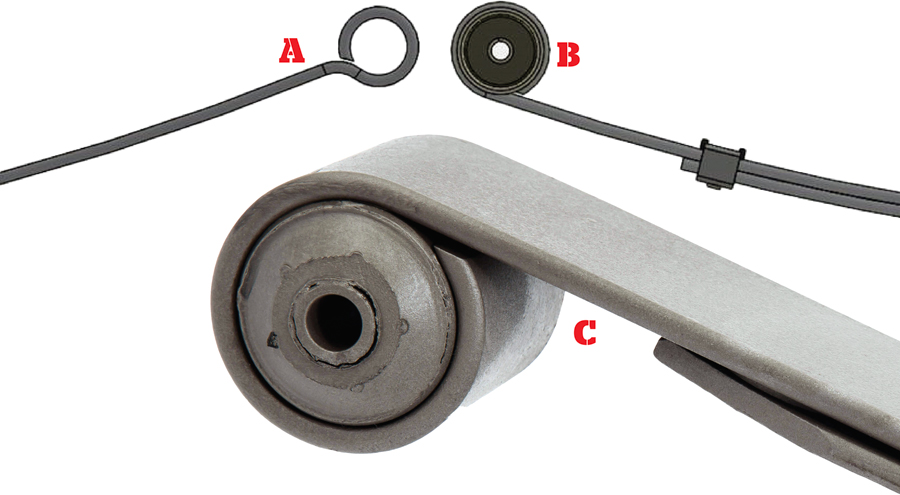

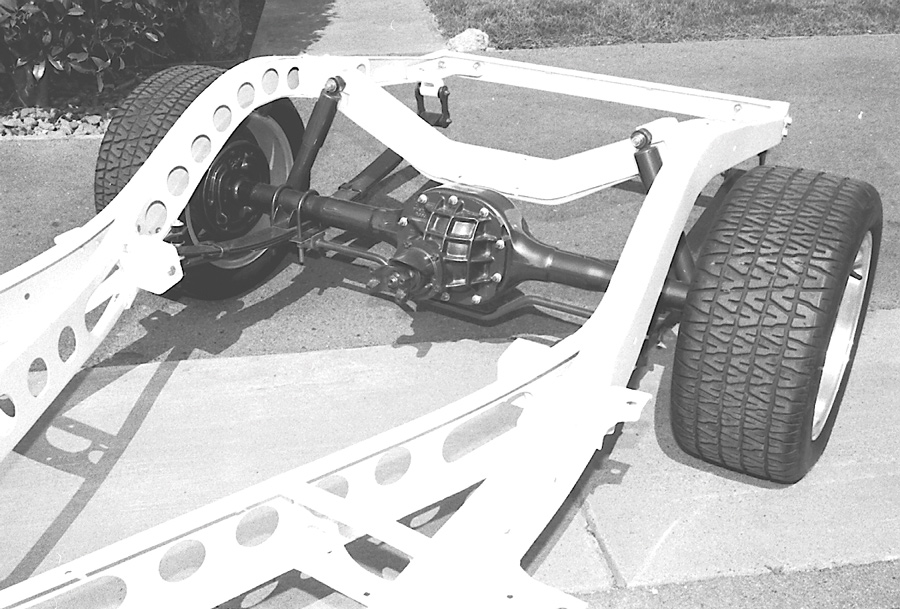

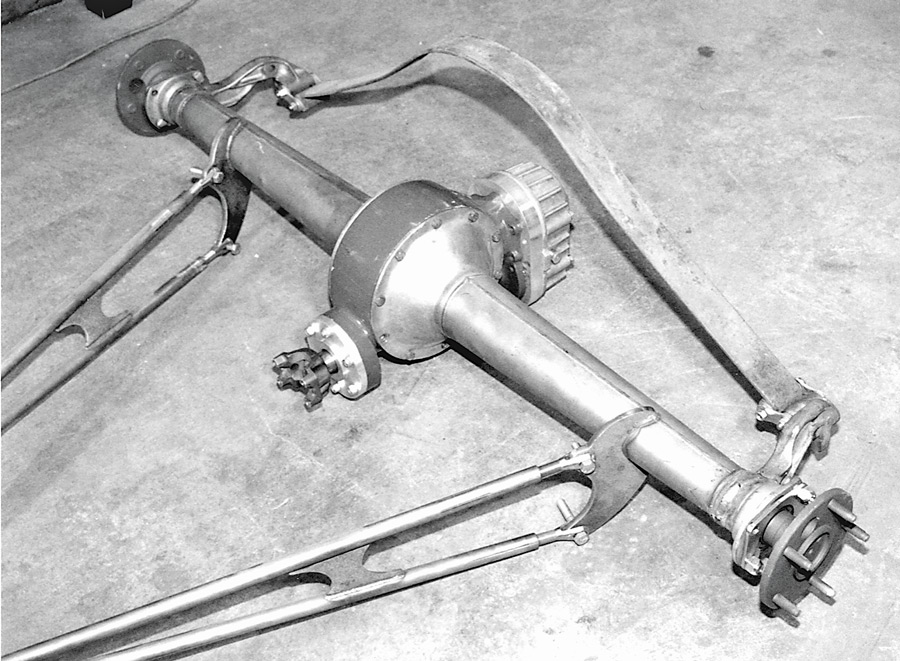
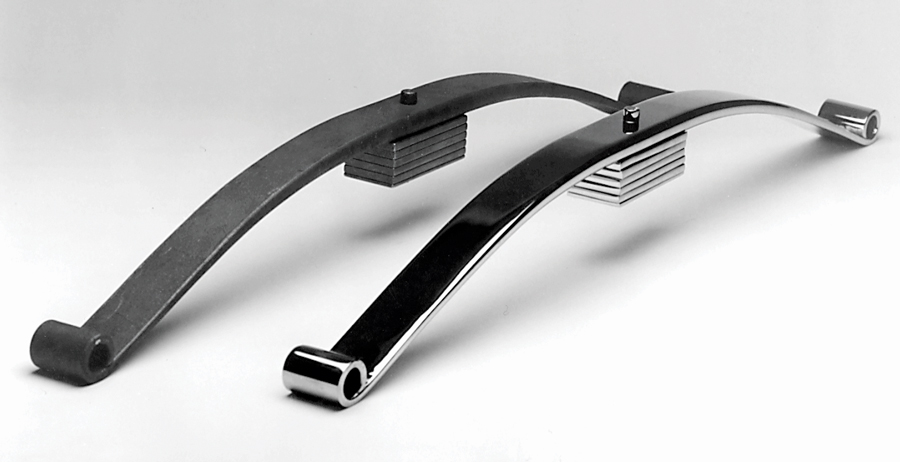
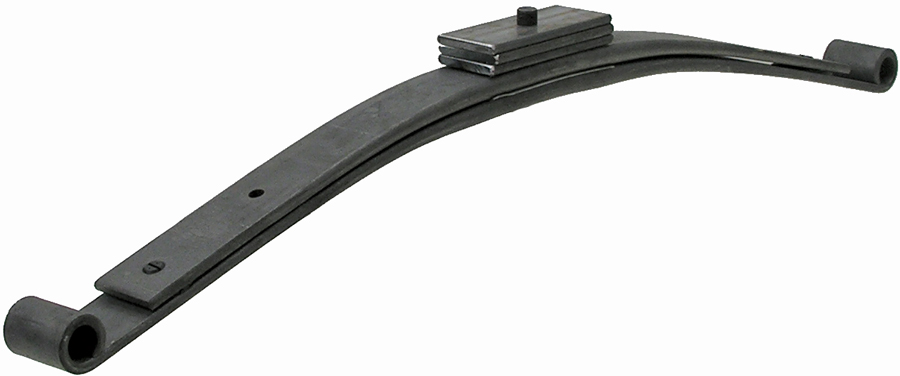


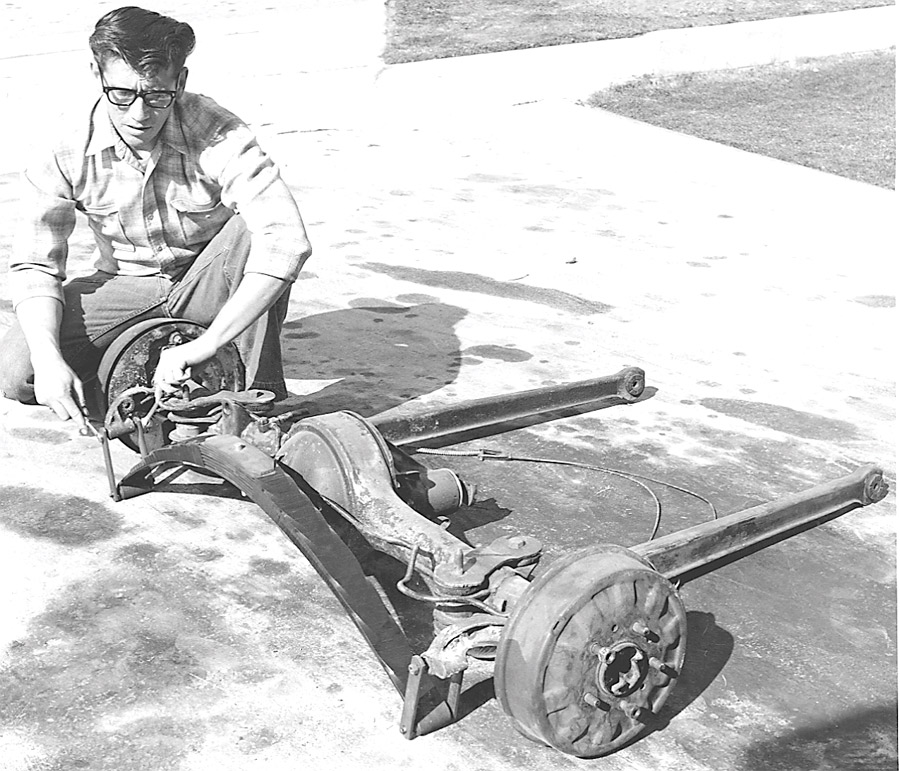
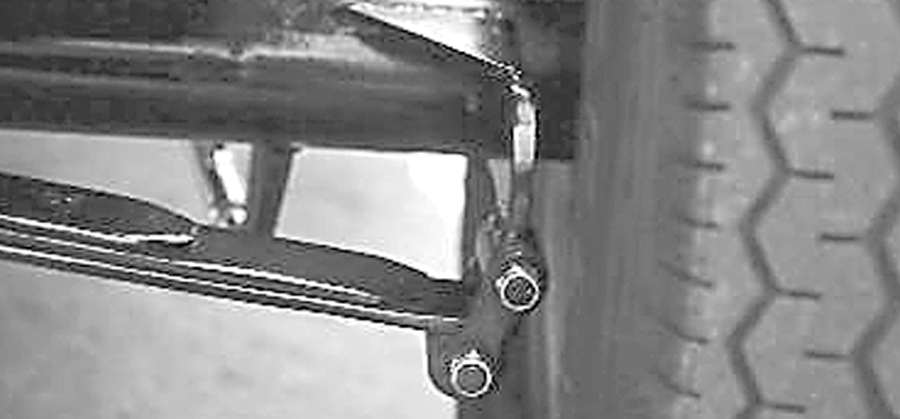
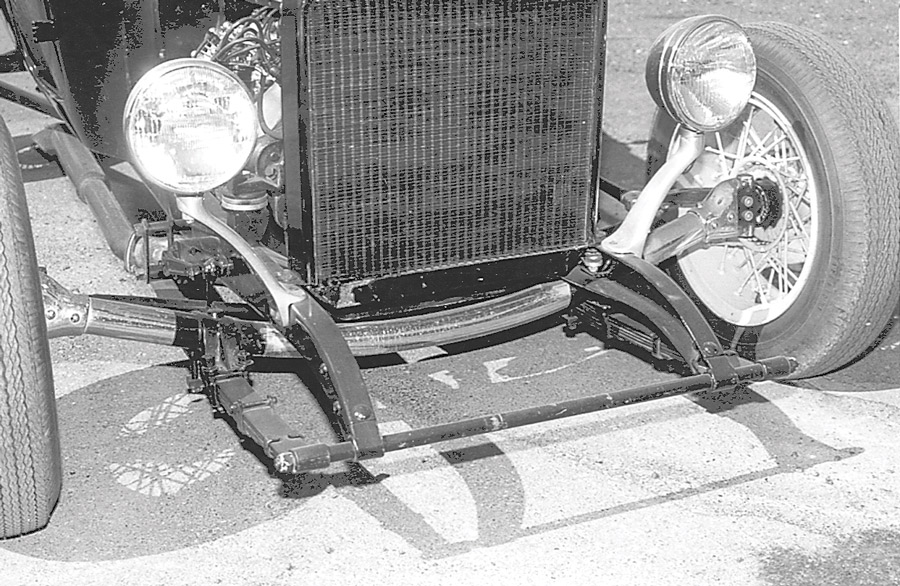
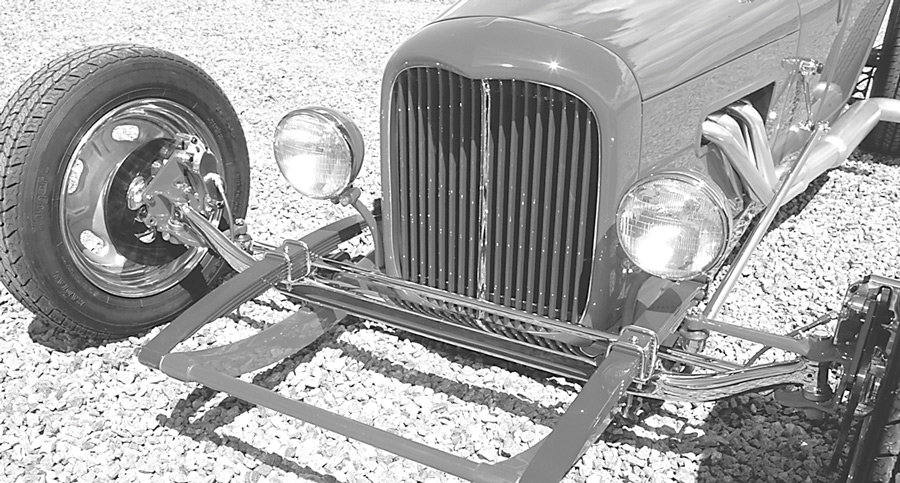
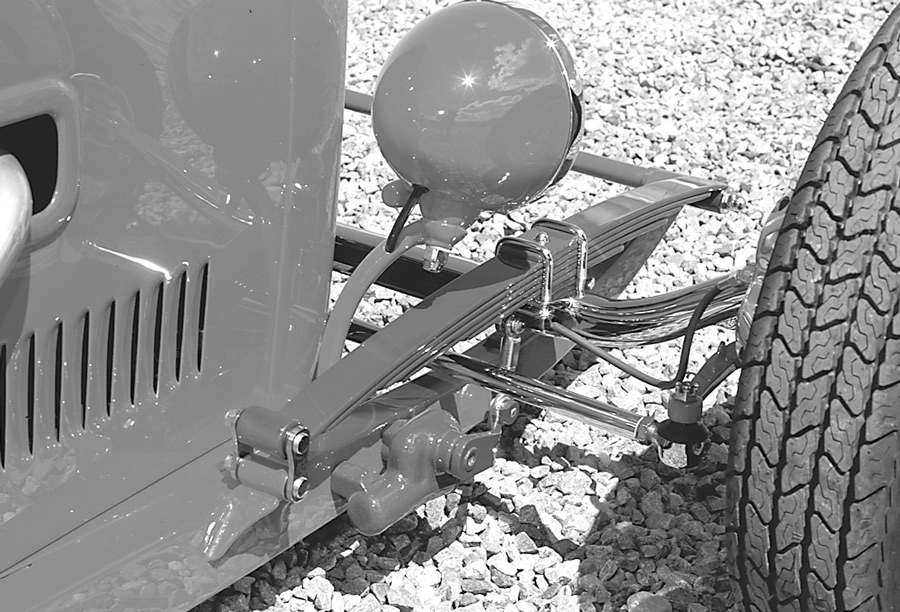

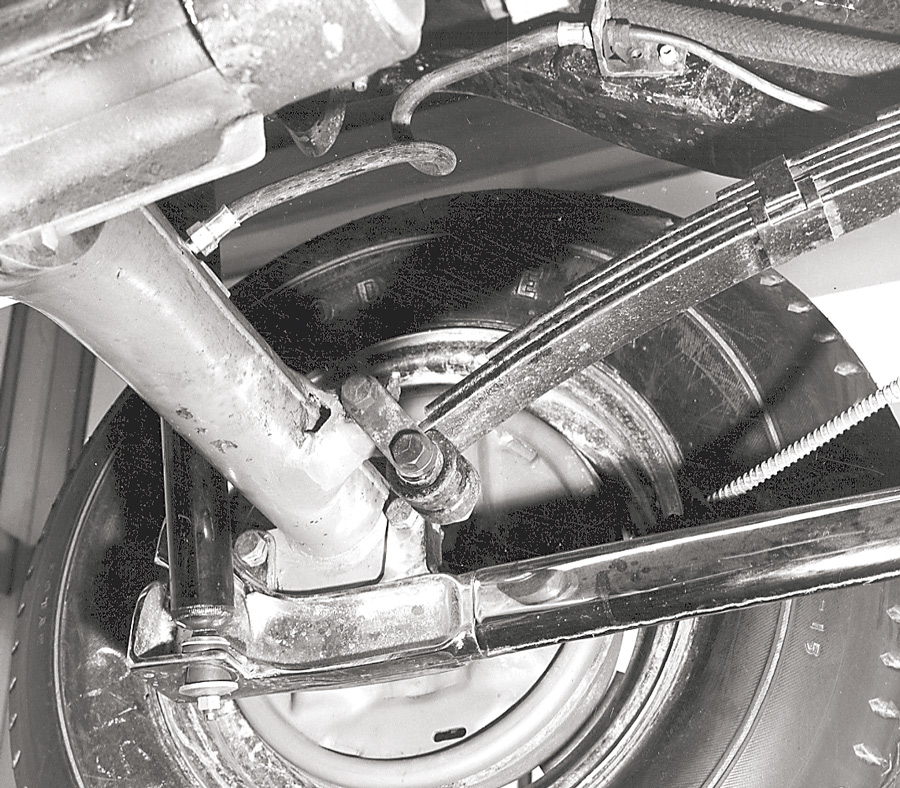

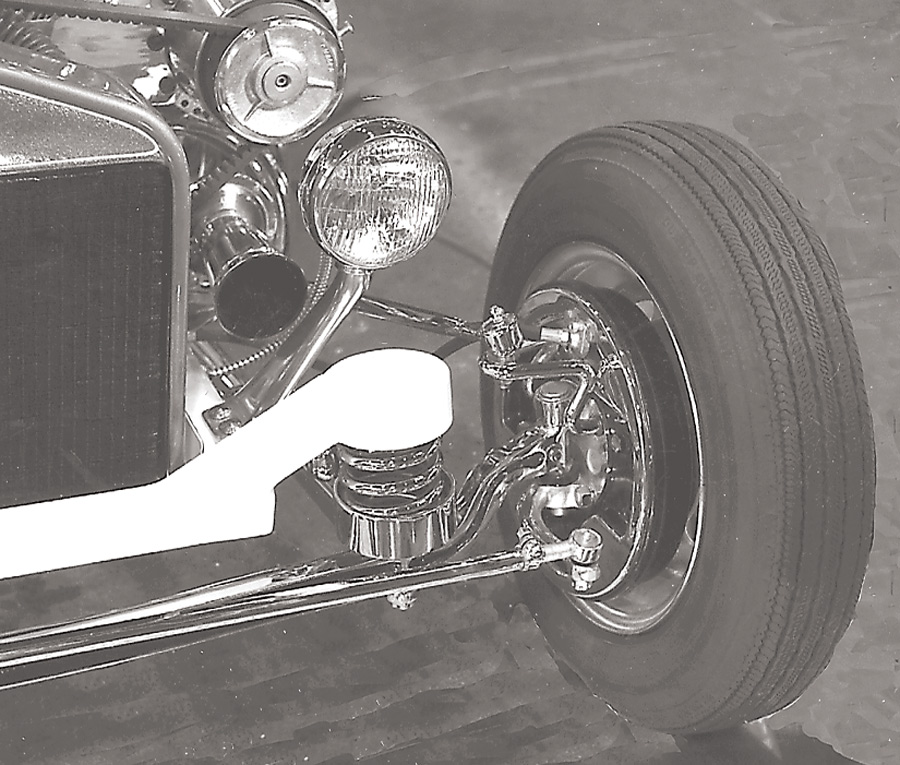
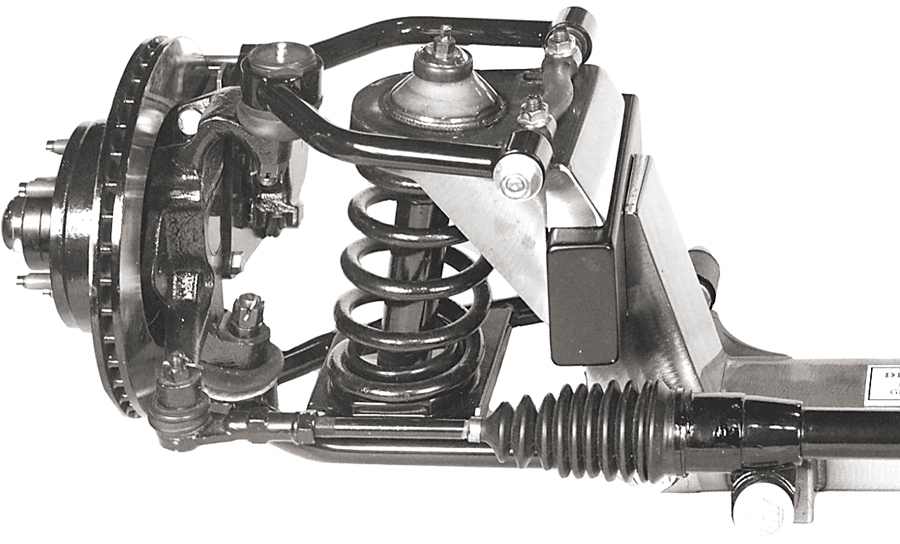


VOLUME 3 • ISSUE 21 • 2022